Where the Light Enters
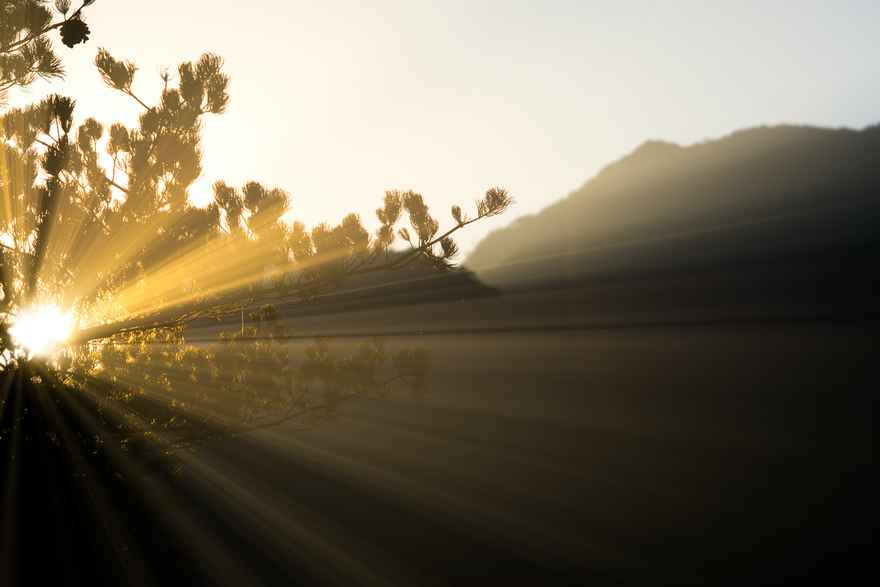
Every day, we engage in an act of creation. It's a fundamental part of what it means to be alive. We create meals, relationships, poems, and plans. But creation isn't just about making something new; it's also about transformation. In the process of creation, we often destroy something old, and through this cycle of creation and destruction, we shape our lives and the world around us. This dynamic, whether we are conscious of it or not, has been at the core of human existence for millennia, shaping civilizations, cultures, belief systems, and fine works of art.
When we create, we tap into an unknown source in our psyche. It's a space where our thoughts, emotions, and imagination meld together. Our brains light up, our neurons fire with creativity, our breath takes care of itself, and our state of mind shifts, often into a deeply meditative process.
Just as in meditation, we go inside ourselves, observe our thoughts, and become human beings, not humans doing. When we create, we enter a similar state of flow. As Mihaly Csikszentmihalyi expounds in “Finding the Flow,” people need full engagement in something to feel happy. In my experience, artmaking requires your full attention and awareness of the present moment.
We alter how we see, feel, and think when we create something new. We connect with an inner source of inspiration, wisdom, and intuition. This is how growth and change work. When we allow ourselves to connect with the “flow” inside of us, we connect to a source greater than the limits of our thoughts and tap into a felt sense of being alive and trusting our innate creative force.
Remember, growth and change carry a shadow side. When we change, whether it is positive (a move to a safer neighborhood, a new school that is sure to challenge you, or an ending of a dysfunctional relationship), we still experience loss. Our life as we know it, our routines, our familiar faces, smells, etc., will be gone, for better or worse.
If we think of moving beyond an unhealthy relationship, one as confusing as a Mother Wound, we can’t help but feel the scars continuing to affect us. This is a wound rooted in our early relationships and attachments. It's a wound that can influence how we relate to ourselves, others, and the world.
The idea of a Mother Wound might sound daunting, but it's important to remember that healing from relational wounds is possible and, in fact, life-enhancing. As the great poet Rumi eloquently said, "The wound is where the light enters."
In other words, our wounds, whether they stem from our relationships with our mothers or other sources, can be gateways to profound transformation and growth. They can lead us to greater self-awareness, self-acceptance, and self-love.
Art is a powerful way to move through this healing and emotional repair journey. Coupled with guided meditations and visualizations as in my Evergreen course, these practices can help us access the depths of our inner world, where we can confront our wounds, process our emotions, and find the light that Rumi speaks of.
More important is the need to do this in the community, with other souls on the same or similar journey towards health.
In art, our expression transcends words.
When I speak of art, I speak of self-expression – visual, kinesthetic, auditory, or written forms where there is no right or wrong; whatever you express is what is meant to be communicated.
This way, the OCMW (Overcoming the Mother Wound) way of making art allows us to externalize our internal struggles, hopes, and desires. Through painting, drawing, sculpture, or any other creative medium, we can explore our emotions and gain insights into our inner landscape. The act of creation itself can be cathartic, helping us release pent-up emotions and find solace in the process.
Meditation, on the other hand, takes us inward. It's a practice of stillness and self-reflection. In meditation, we observe our thoughts and emotions without judgment, creating a space for self-compassion and self-understanding. It's a practice that can help us be present with our emotions, acknowledge them, befriend them, and let them be transformed by this connection.
Combining art and meditation (guided, walking, or sitting quietly) in your healing journey can be especially potent. Art can be another form of meditation, letting your creative process quiet your mind and open your heart. Or you can meditate before and after creating, using the practice to center yourself and reflect on your emotional experiences during the creative process.
Conclusion
The journey towards wellness and emotional repair is profound. It involves recognizing our wounds, whether they are related to the Mother Wound or other sources, and finding the courage to confront them. Art and meditation provide powerful tools for this journey, helping us tap into the inner wisdom of our creative force and transform our experience into something new.
As you move forward, remember that healing is not linear. It's okay to take detours, revisit old wounds, and seek support along the way. The important thing is to keep moving forward, one brushstroke or one breath at a time, toward a place of greater wholeness and self-acceptance.
In the words of Rumi, "Keep walking, though there's no place to get to. Don't try to see through the distances. That's not for human beings. Move within, but don't move the way fear makes you move.
With love,
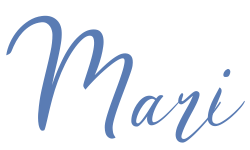
CREATIVE PROMPT:
Art Materials needed for this prompt:
2 pieces of different colored paper. (the 2nd paper is a color you love)
Pen
Black Sharpie Marker
Glue sticks
We are going to make a special paper Mosaic:
1. Write all your thoughts and feelings about your hopes and dreams, stream of consciousness, on the first piece of paper.
2. Turn that paper over (with your writing so you cannot see it) and draw a large circle on the back.
3. Think of all the things keeping you from that dream; with each thought, rip the paper from side to side (5-10 rips)
4. On the 2nd-colored paper (the color you love), glue the ripped pieces, side with no words showing, and glue the pieces together, following the black line of the circle you drew as a guide Make sure to leave space between the pieces.
See the sample below:
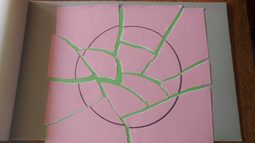
Please join my OCMW Facebook group and share your mosaic here.
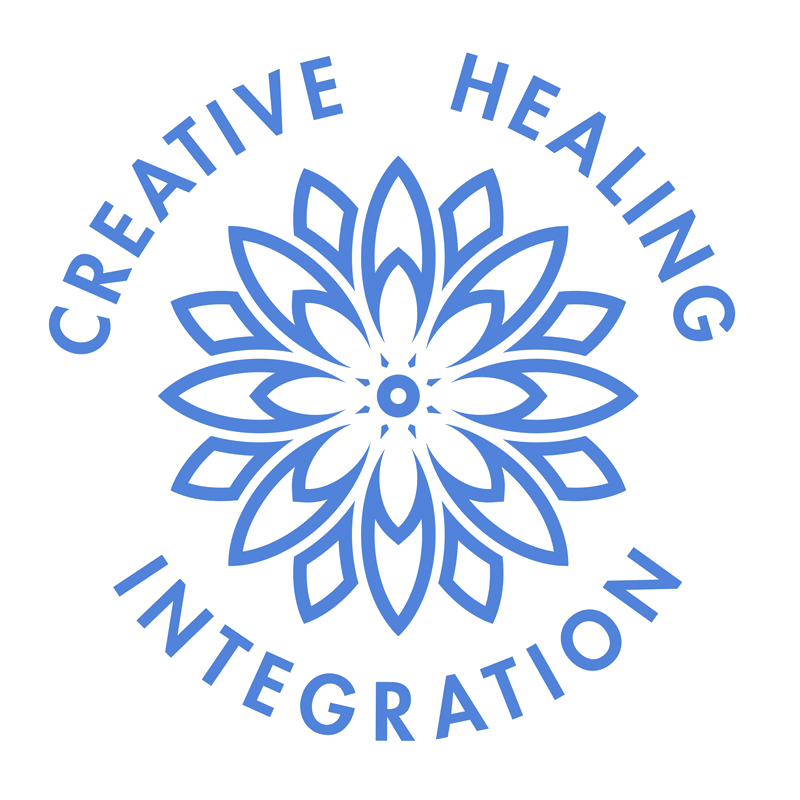
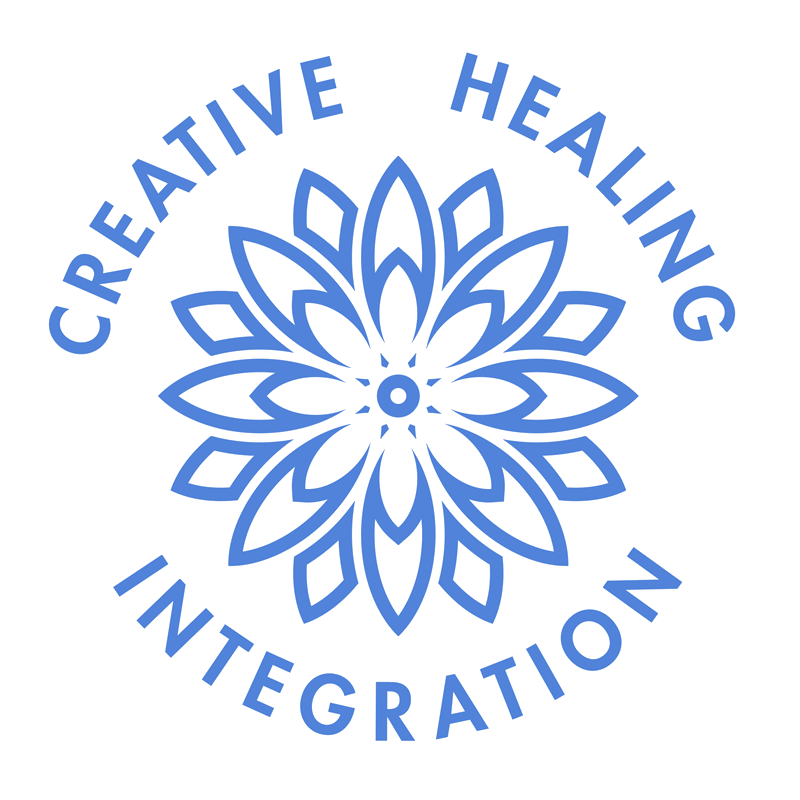
0 comments
Leave a comment
Please log in or register to post a comment